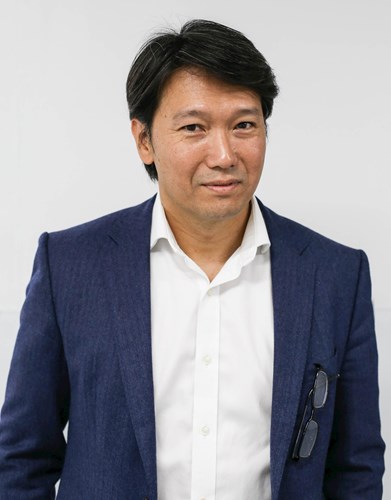What do you know about endometriosis?
05 March 2018
Endometriosis Week aims to raise awareness about this hidden and often unrecognised condition.
According to the charity Endometriosis UK one in ten women – almost two million - will suffer from this condition. Mainly affecting women of childbearing age endometriosis is a common condition where tissue that behaves like the lining of the womb (endometrium) is found in other parts of the body. It can appear in many different places, including the ovaries, fallopian tubes, inside the tummy, and in or around the bladder or bowel.
Mr Chin Hooi Gan, a Consultant Gynaecologists who specialises in the treatment of endometriosis answers some of the most-asked questions about the condition, how it develops and to treat it.
What is endometriosis?
It is when womb lining tissue (endometrium) is found outside the womb. It is a long-term condition that can cause pain and discomfort. It is most found in women aged between 25 and 40 and is very rare in women who have been through the menopause.
Some women will have a mild form of the condition, others will experience extreme pain, heavy periods and will have difficulty becoming pregnant.
What are the signs and symptoms?
- Painful periods
- Deep pain on intercourse
- Cyclical or perimenstrual symptoms, such as bladder urgency/frequency, with or without bleeding or pain
- Chronic pelvic pain
- Back passage pain on opening the bowels
- Pain passing urine
- Ovulation pain
- Heavy and prolonged periods
- Pre-menstrual spotting
- Passing blood on opening the bowels during a period
- Blood in the urine
What causes endometriosis?
No-one knows for sure but the most widely accepted theory is that during a period not all the womb lining leaves the body properly. Instead some passes back into the pelvic cavity and attaches to the reproductive organs. This is known as retrograde menstruation. However, this doesn't explain all cases of endometriosis.
How does it affect the body?
Each month, at the end of the menstrual cycle, hormones cause the lining of the womb to break down and bleed. This is then released from the body as a period. With endometriosis cells growing outside the womb will also break apart and bleed. However, the blood will have nowhere to go. This internal bleeding can lead to irritation, inflammation, pain and scar formation.
Can it be cured?
There is no definite cure for endometriosis and in about 30 percent of cases it can get better by itself although in about four in every 10 cases, it will get worse without treatment. But, in many cases, there are treatments to reduce the size of tissue growth and to relieve painful symptoms.
What kind of medical treatments are available?
Painkillers and hormone medication can help reduce symptoms and stop them interfering with daily life while anti-inflammatory over-the-counter drugs can help to reduce painful cramps.
For mild cases your GP may recommend hormone treatment to limit the production of oestrogen and control tissue growth size. Hormones can also reduce the amount of blood produced during periods so giving tissues time to heal. However, once hormone treatment stops the growths will usually return to their original size.
What about surgery?
Patches of endometriosis tissue can sometimes be surgically removed to improve symptoms and fertility although if organs have fused together this can be a difficult procedure.
Surgery includes:
- Laparoscopy - also called keyhole surgery. It is commonly used and is the least invasive surgical option. It appears to improve pain symptoms and may increase the chances of pregnancy. Problems can return if any endometriosis tissue is left behind.
- Laparotomy - a more invasive operation for more severe endometriosis. A wide cut is made along the bikini line to access the affected organs.
- Hysterectomy - this is a major operation and is only recommended if other treatments haven't worked and if you have decided not to have any more children.
Mr Chin Hooi Gan is a Consultant Gynaecologist practising at Spire Elland Hospital in Elland. He is also the lead clinician in Gynaecological Cancer for the Northern Lincolnshire and Goole NHS Trust.
Remember - The severity of symptoms depends on where the abnormal endometrial tissue is not on how much you have. A small amount in one place could be more painful than a larger amount somewhere else in the body.
The content of this article is provided for general information only, and should not be treated as a substitute for the professional medical advice of your doctor or other healthcare professional.


